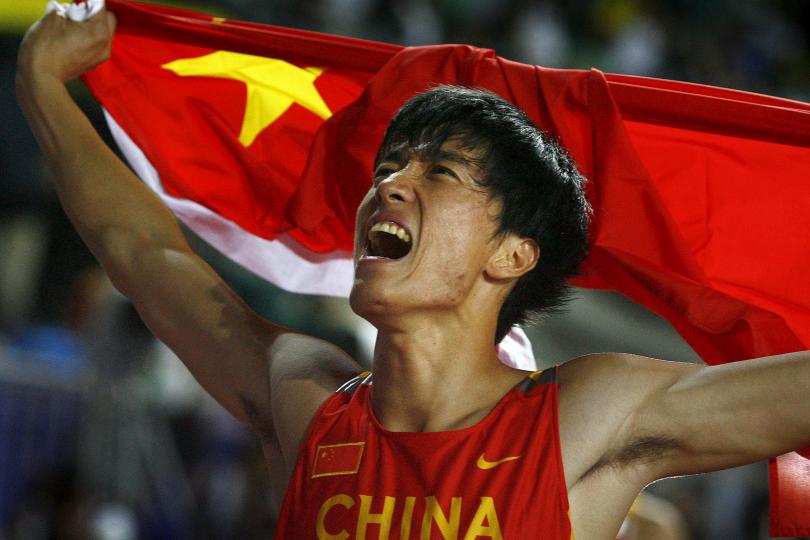The inferiority complex in our intellectuals has compelled them to correlate the lower medal tally with cultural inferiority and physical inferiority of people of the subcontinent. Cricket historians like Ramchandra Guha had written that cricket is best suited game to people of the Indian subcontinent because it requires less physical activity. India produces better batsman than bowlers because we are not good in activities which require hard physical activity. The domination of Brahmins in Indian batting legends was also put in this context. These self professed liberals, non-discriminators, diversity enthusiast discriminated Indian talent on the basis of culture and geography. However, modern researches had proved that there are two main criteria to rank high in international medal tally of countries- first is population and second, per capita GDP.
Larger population pool directly translates into more people to participate in the events, greater competitions which enhance quality, and larger talent pool to select for more number of events. But despite having second largest population in the world, India ranks in lower half in most of the sport competitions. But India scored only 0.05 medals per million people in the 2018 Asian Games. Only 12 countries (including our South Asian neighbors like Pakistan, Bangladesh, Nepal, Bhutan, Sri Lanka, Maldives) fared worse than India of the total 46 participants. What explains the poor performance by South Asian countries? Is it culture or per capita GDP? Well, it is GDP because data says that as countries increase sport expenditure, the medal tally responds positively. And for all practical reasons, sports expenditure could be increased only if the country has good per capita GDP which means basic necessities of everyone is met and the government has money to spend on sports.
In their book, Successful Elite Sport Policies, Veerle de Bosscher and co authors analyze what makes a country successful in per capita medal tally. They found that although there is generic blueprint but the bottom line is that there is strong correlation between money spent on sports in a country and its performance in medal tally. In India spending on sports has been ignored for long. In fact, many policymakers in India agreed to George Orwell’s views that international sports and Olympics are ‘war minus shooting’. Orwell was a self-described socialist and the dominant line of thinking in early years of independence was socialism. But the socialist planners forget the famous saying- ‘the battle of waterloo was won on the playing fields of Eton’. Sports require ‘competition’ and ‘competition’ was ‘evil’ for the planners of ‘Nehru government’. So, competition was not allowed in economy by discretion on free markets and in sports by shortage of funds.
The Modi government increased spending on sports. In this year’s budget, allocation of sports ministry was increased by 13 percent to 2,196 crore. But still the amount is small. To get a perspective, consider this- the budget of sports ministry is almost equal as the profit of BCCI for 2018-19. Indian government spends 0.01 percent of GDP on sports while South Korea spends 0.08 percent of GDP on sports, 8 times more than India. Many countries like China, Japan and South Korea also use public lottery to raise money for sports investment, Indian government have not explored this option yet. So, efficient allocation of resources and comprehensive planning could take India to sporting glory it wants to achieve. India already has an edge in terms of population, economic growth and increased funding could help the country to bag more medals in upcoming years.
